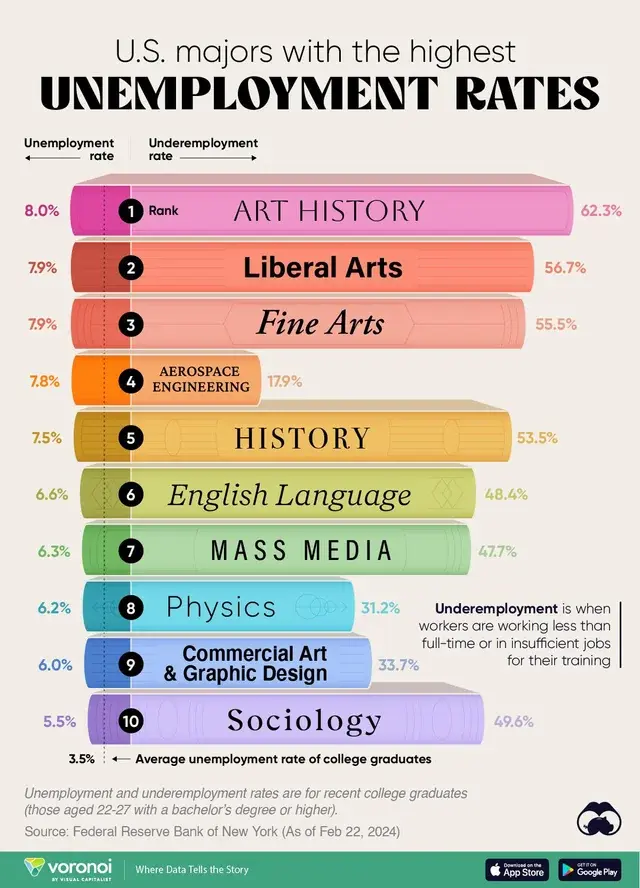Cool Guides
Rules for Posting Guides on Our Community
1. Defining a Guide Guides are comprehensive reference materials, how-tos, or comparison tables. A guide must be well-organized both in content and layout. Information should be easily accessible without unnecessary navigation. Guides can include flowcharts, step-by-step instructions, or visual references that compare different elements side by side.
2. Infographic Guidelines Infographics are permitted if they are educational and informative. They should aim to convey complex information visually and clearly. However, infographics that primarily serve as visual essays without structured guidance will be subject to removal.
3. Grey Area Moderators may use discretion when deciding to remove posts. If in doubt, message us or use downvotes for content you find inappropriate.
4. Source Attribution If you know the original source of a guide, share it in the comments to credit the creators.
5. Diverse Content To keep our community engaging, avoid saturating the feed with similar topics. Excessive posts on a single topic may be moderated to maintain diversity.
6. Verify in Comments Always check the comments for additional insights or corrections. Moderators rely on community expertise for accuracy.
Community Guidelines
-
Direct Image Links Only Only direct links to .png, .jpg, and .jpeg image formats are permitted.
-
Educational Infographics Only Infographics must aim to educate and inform with structured content. Purely narrative or non-informative infographics may be removed.
-
Serious Guides Only Nonserious or comedy-based guides will be removed.
-
No Harmful Content Guides promoting dangerous or harmful activities/materials will be removed. This includes content intended to cause harm to others.
By following these rules, we can maintain a diverse and informative community. If you have any questions or concerns, feel free to reach out to the moderators. Thank you for contributing responsibly!
view the rest of the comments

It's either not considered a major or it's a part of the Liberal Arts degree path, like most math and science courses before specialization often are. Sometimes degrees for specific professions and technical training require a major, but they themselves are not majors in the USA.
A big part of this is lack of centralization. The federal government requires schools to have federally accredited coursework for tax purposes, and the accrediting process is done by several non-public entities, beyond that they can technically structure their courses, credits, and degree paths however they like.
For example, Physics and Aerospace Engineering require Liberal Arts majors like math and science as prerequisites, and the same is true for Commercial Art and Graphic Design's relationship to Fine Arts majors.
I am having a hard time believing someone would group Computer Science & Computer Engineering with Liberal Art.
It's also possible these computer tech majors are not as badly unemployed as the other ones. I noticed that while the chart includes the underemployment rate, it doesn't sort by it.
It sorts by unemployment on the left side of the line, it's just that the underemployment on the right is a much larger graph.
Yeah, well, what I'm trying to say is that the tech majors might have huge underemployment, but don't make the cut to this chart due to not that many who are completely unemployed.
I just explained to you that the chart is sorted by complete unemployment on the left side.
At my university you could major in Computer Science wither through the Institute of Technology or College of Liberal Arts. Slightly different requirements and you got a BA through CLA instead of BS.